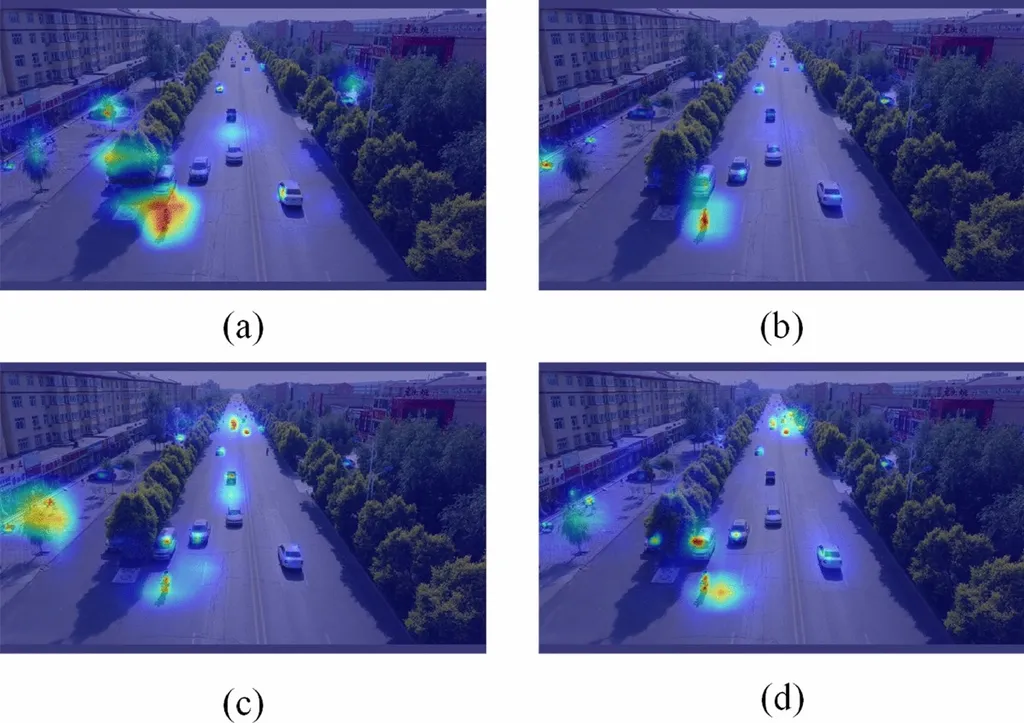In the rapidly evolving world of aerial surveillance and monitoring, the ability to detect small objects from unmanned aerial vehicles (UAVs) has become a game-changer. From urban security to agricultural inspections, the demand for accurate and real-time small target detection is on the rise. However, existing algorithms often fall short due to their inability to represent small targets effectively, high computational overhead, and poor deployment adaptability. Enter I-YOLOv11n, a lightweight and efficient small target detection framework that promises to revolutionize the field.
Developed by Yukai Ma from the College of Automation at Jiangsu University of Science and Technology in China, I-YOLOv11n is a systematic improvement over the YOLOv11n algorithm. The research, published in the journal ‘Sensors’ (translated from Chinese as ‘传感器’), introduces several innovative modules designed to enhance feature representation and compress structural complexity. “Our goal was to create a model that not only maintains high detection accuracy but also reduces computational resources and improves deployment flexibility,” Ma explained.
At the heart of I-YOLOv11n lies the RFCBAMConv module, which combines deformable convolution and channel–spatial attention to dynamically adjust the receptive field and strengthen edge features. This module is complemented by the multiscale pyramid of STCMSP context and the lightweight Transformer–DyHead hybrid detection head, which together realize cross-scale semantic modeling and adaptive focusing of the target area. “By integrating these components, we’ve significantly improved the model’s ability to detect small targets while keeping the computational overhead in check,” Ma added.
One of the standout features of I-YOLOv11n is its collaborative lightweight strategy. This strategy involves transferring the semantic discrimination ability of the teacher model to guide and protect the subsequent compression process through mixed knowledge distillation. It also employs the LAMP–Taylor channel pruning mechanism to compress model redundancy, primarily protecting the key channels sensitive to shallow small targets. Finally, K-means++ anchor frame optimization based on IoU distance is implemented to adapt the feature structure retained after pruning and the scale distribution of small targets of UAV.
The results speak for themselves. Experiments on VisDrone, AI-TOD, and SODA-A datasets show that I-YOLOv11n achieves a 7.1% higher [email protected] and a 4.9% higher [email protected]:0.95 compared to the benchmark model YOLOv11n, all while maintaining real-time processing capabilities. This significant improvement in accuracy and efficiency opens up new possibilities for commercial applications in various sectors, including energy.
In the energy sector, for instance, UAVs equipped with I-YOLOv11n could be used for monitoring power lines, pipelines, and other critical infrastructure. The ability to detect small objects, such as potential faults or obstructions, in real-time could prevent costly downtime and improve safety. “The potential applications of this technology are vast,” Ma noted. “From enhancing security to improving agricultural yields, the possibilities are endless.”
As the demand for accurate and efficient small target detection continues to grow, I-YOLOv11n stands out as a promising solution. Its innovative approach to feature enhancement and structural compression sets a new benchmark for the industry, paving the way for future developments in aerial surveillance and monitoring. With its impressive performance and commercial potential, I-YOLOv11n is poised to make a significant impact on the field.

